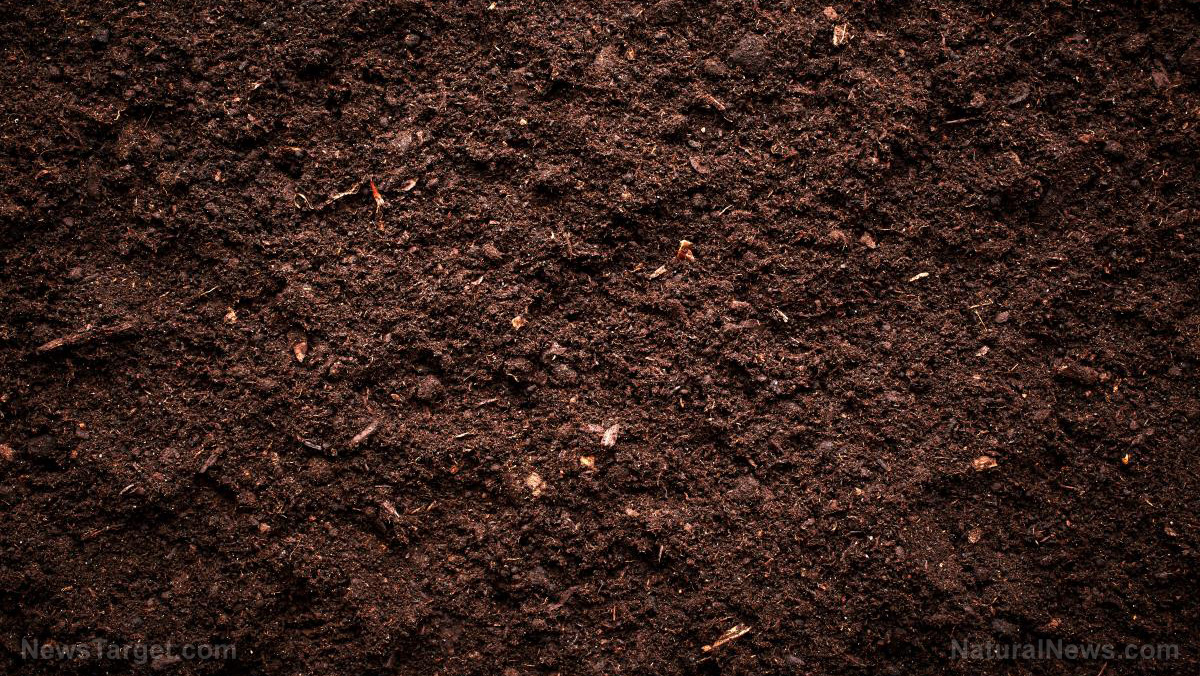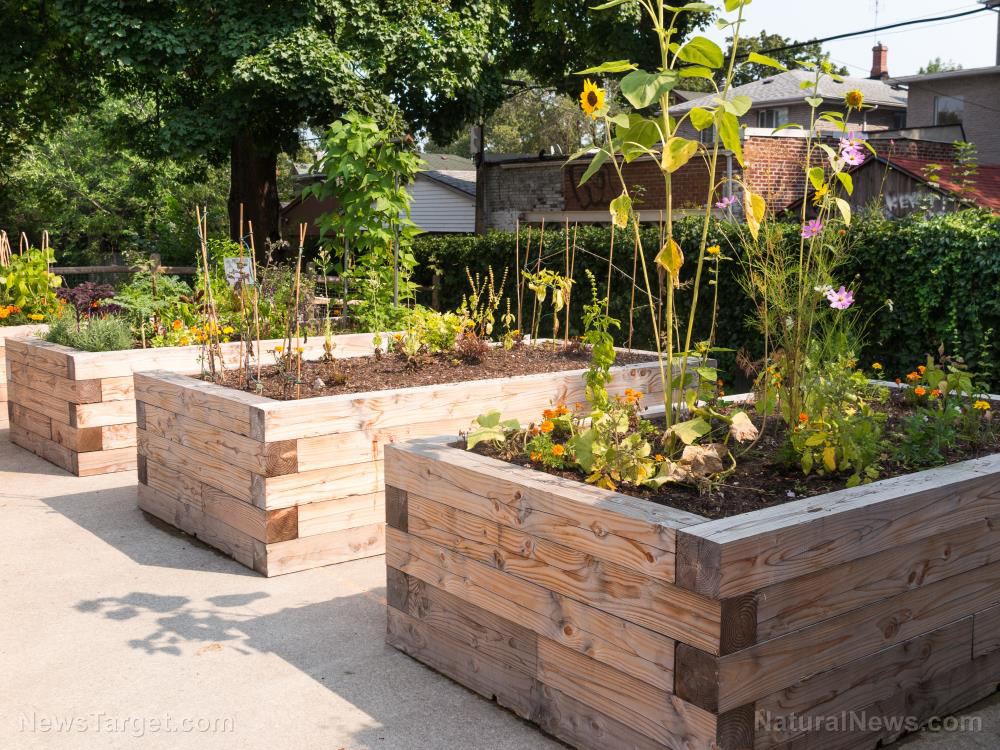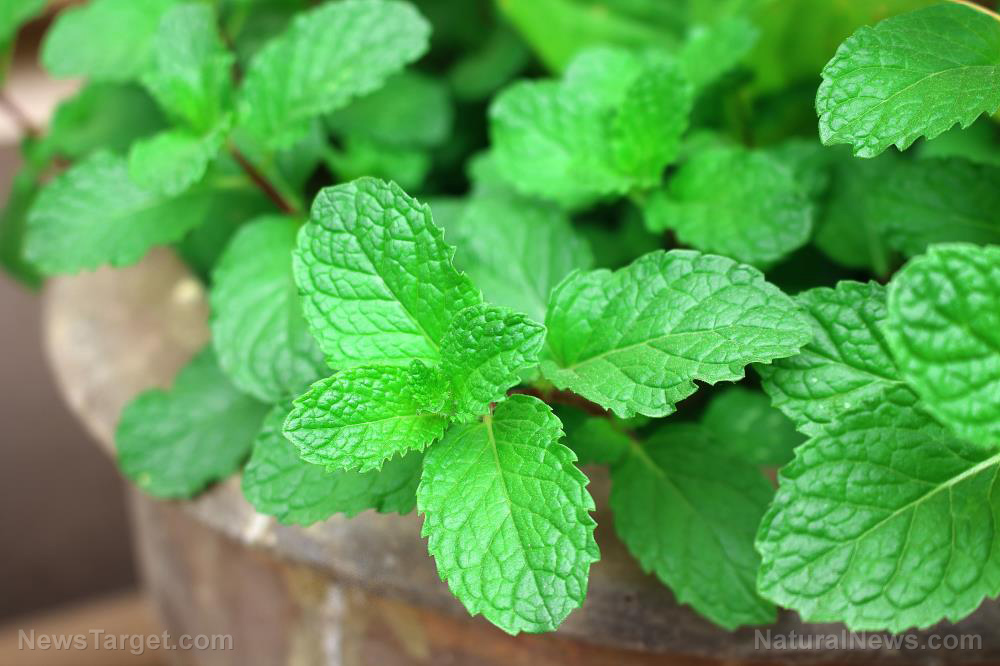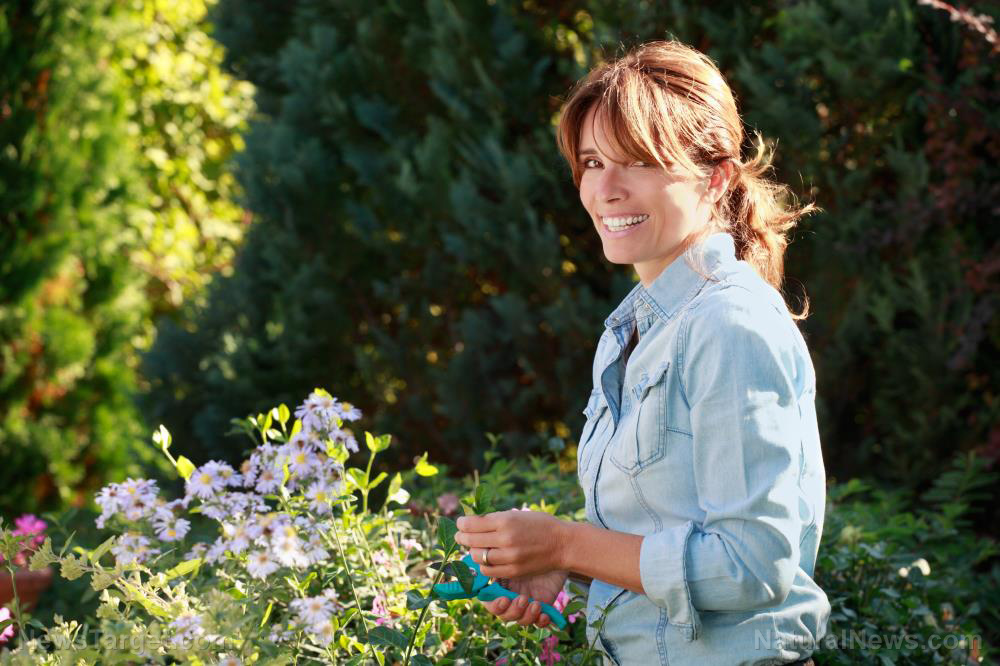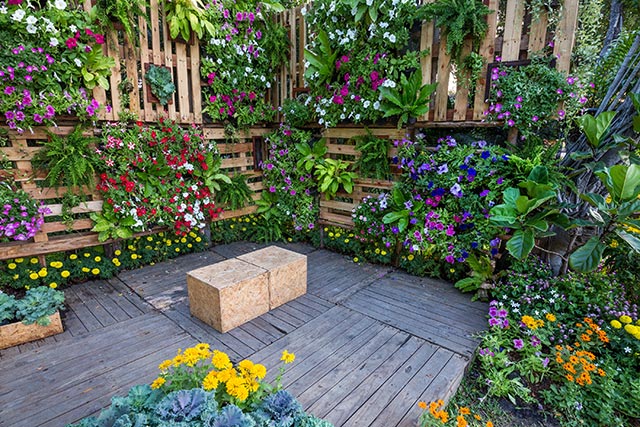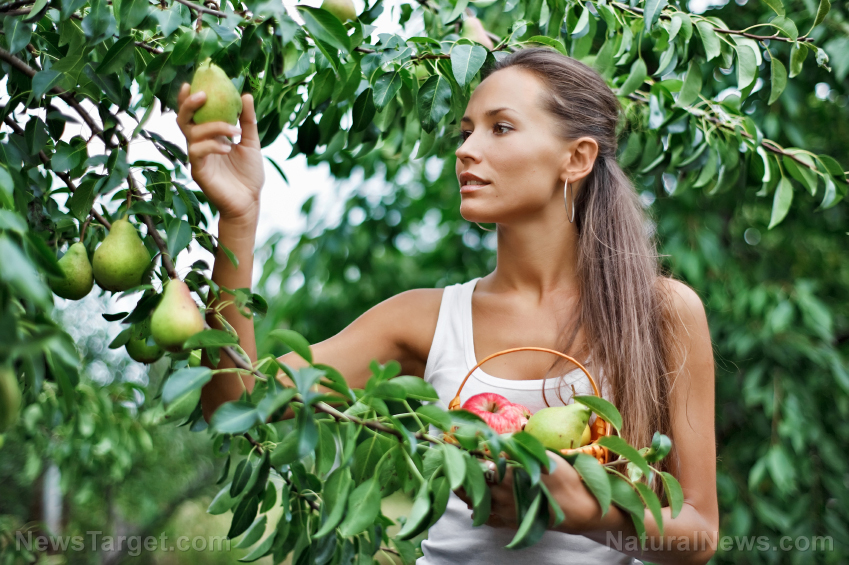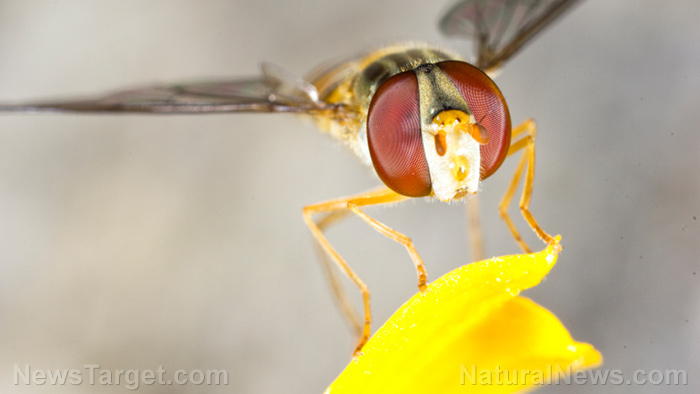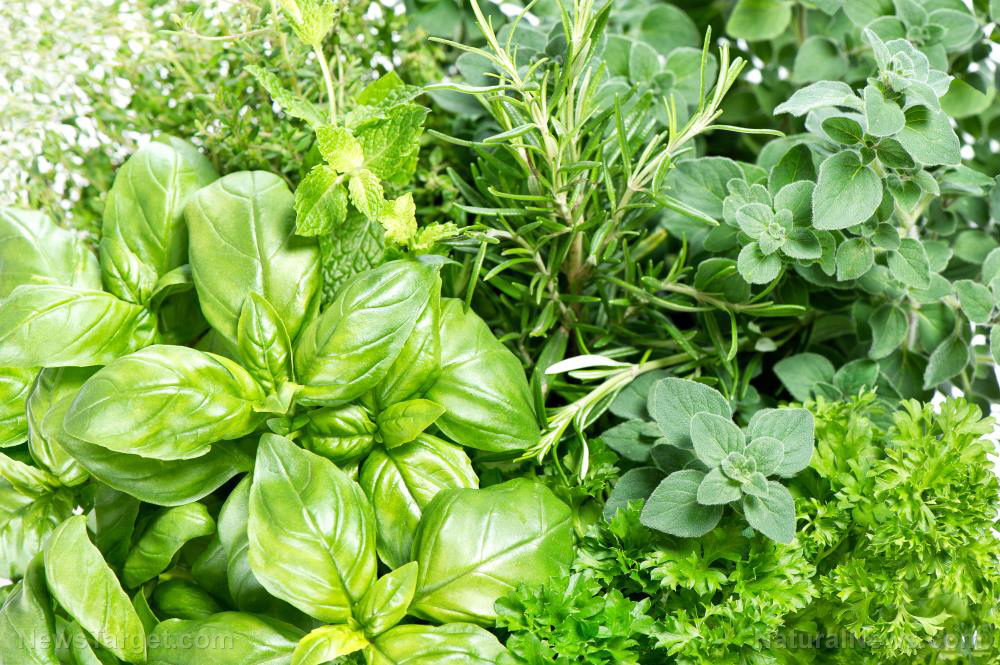Sunlight reflected from pavement injures plants, stunting their growth
05/05/2018 / By Edsel Cook

On a really hot day, you can feel the heat rising from the pavement. And if it’s painful for you, it’s even more hurtful for plants that can’t move to shadier places. According to an article in the International Journal of Urban Forestry, pavements can re-radiate so much heat from reflected sunlight that nearby plants can get badly injured and ended up stunted.
The finding came from Australian arborists who were researching the feasibility of planting roadside trees in the city of Melbourne. They analyzed the effects of various paving surfaces, the direction a tree was facing when it got planted, and high ambient temperatures.
They chose the London plane tree (Platanus × acerifolia) for their experiment. A cross between the American sycamore (P. occidentalis) and Oriental planetree (P. orientalis), the London plane’s high tolerance for air pollution made it a popular choice for cultivation in polluted European and American cities.
The researchers planted thirty young London planes along the center median of a major road in Melbourne. The trees were selected because they were all oriented north in the nursery.
They also installed wooden plinth boxes on the west side of the road, one for each tree. Each box was placed 50 mm away from its partner tree and served as support for 0.5 square meters of paved surface to replicate pavement.
Four different materials covered the surface of the boxes and simulated pavement. Concrete and organic mulch had seven replicates. Conventional asphalt and granitic sand got eight replicates.
Furthermore, fourteen trees kept their northwards orientation from the nursery. The other 16 trees were reversed so that they faced south instead.(Related: U.K. government plans to plant 50 million new trees in coast-to-coast forest megaproject.)
Asphalt pavements are the hottest and therefore the worst for plants
Researchers measured the temperature of each paving material several times each day. They also tracked the growth of each tree.
According to their findings, asphalt and organic mulch were the hottest materials during the morning. They could get as much as 35.6 degrees Fahrenheit (two degrees Celsius) hotter than concrete and granitic sand.
This lead increased as the day wore on. During the afternoon, asphalt and mulch were recorded to be 50 F (10 C) hotter than the other two paving materials.
However, mulch cooled down much quicker than asphalt. It lost as much as 86 F (30 C) of heat between early and late afternoon.
By late afternoon, concrete displaced mulch to join asphalt as the hottest surfaces. The two synthetic materials were 41 F (5 C) hotter on average.
Asphalt proved to be the hottest material. It gained heat the fastest and lost the least amount of heat throughout the entire day and evening. In contrast, granitic sand stayed relatively cool.
Sunscalds are the plant equivalent of sunburns, and they can stunt plant growth
The trunks of the London plane trees exposed to asphalt surfaces suffered from sunscald, the plant equivalent of sunburn. Trees injured this way grew less compared to unaffected trees.
On a related note, reversing the orientation of the tree during planting seemed to have a small but noticeable negative effect on the rate of growth of a tree. It’s most evident when paired with a hot paving material like asphalt.
Based on their findings, the researchers drew links between sunscald and the stunted growth of trees. Given the prevalence of asphalt and concrete throughout most cities, it’s no surprise that trees in urban environments are getting baked.
One way to reduce this is using cooler paving materials. Organic mulch is made from recycled wood, while granitic sand is weathered granite. Both materials are cooler and more eco-friendly than asphalt (a by-product of crude oil distillation) and concrete.
Find more articles about adding greenery to our cities at Ecology.News.
Sources include:
Tagged Under: asphalt, cities, concrete, crude oil, heat, mulch, organic mulch, pavement, paving surface, Plants, research, sunburn, sunscald, urban gardening






